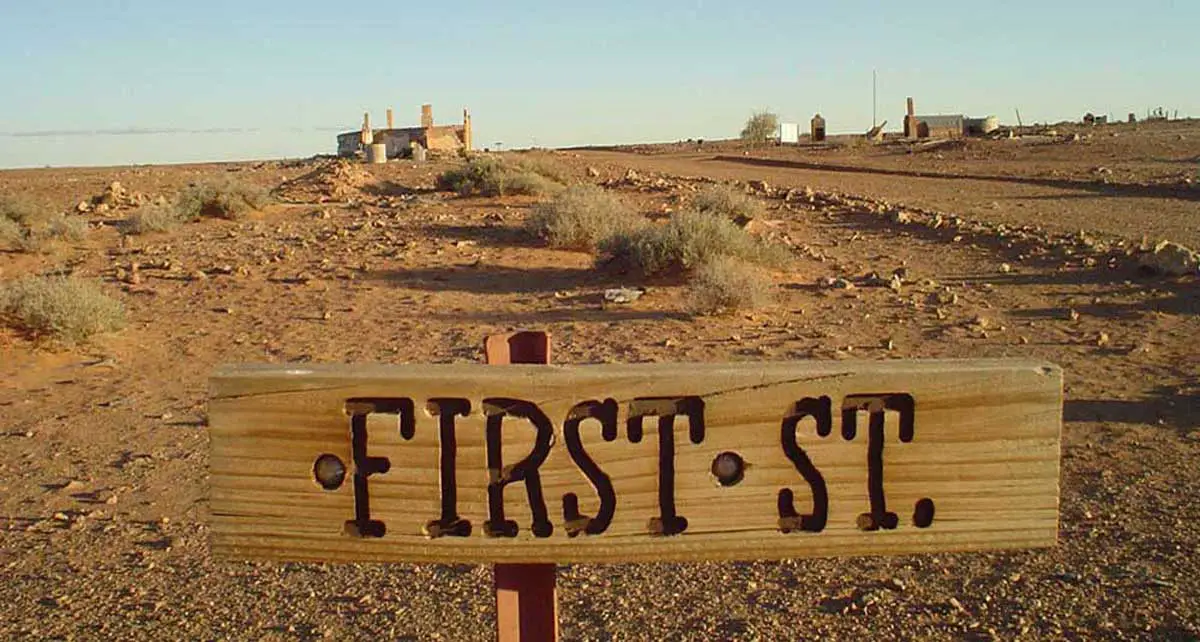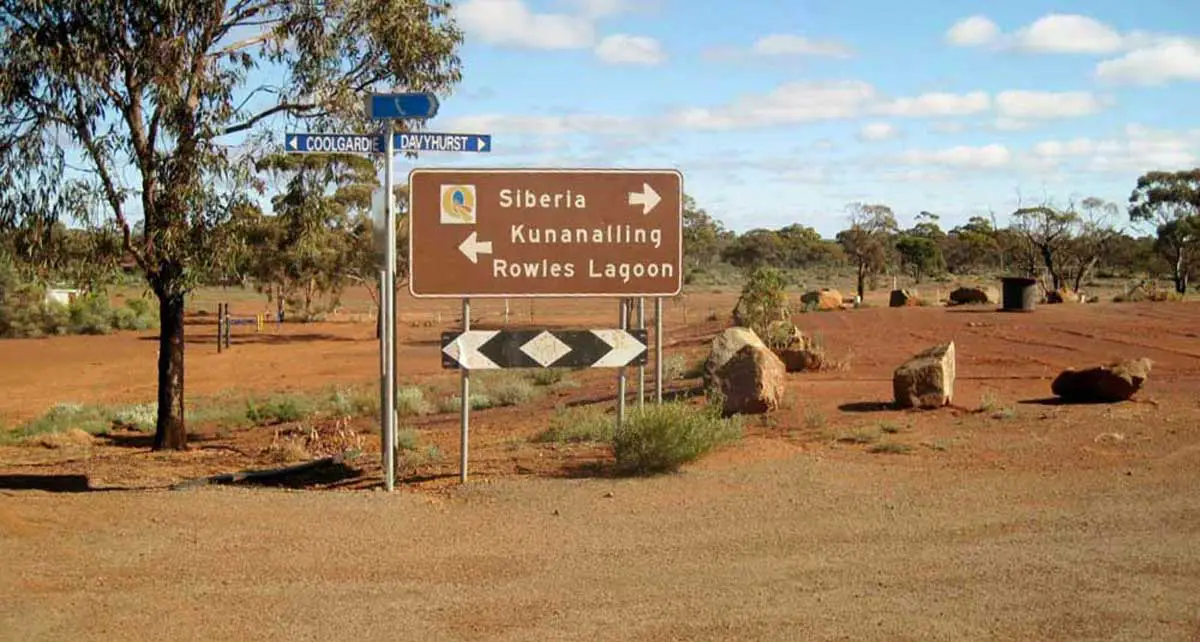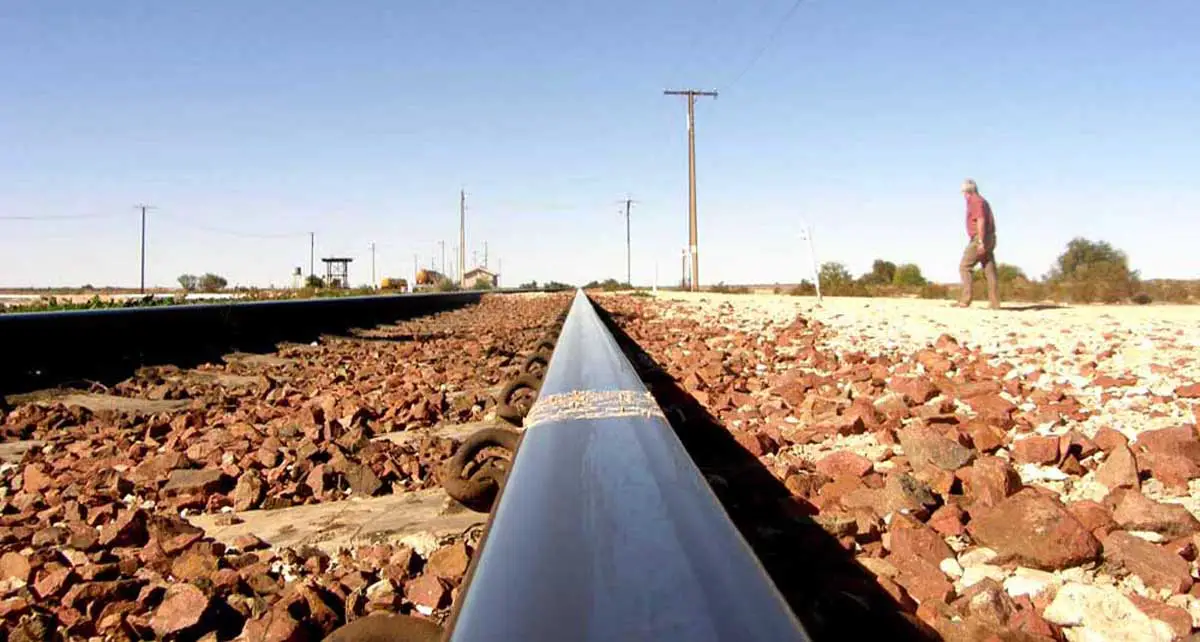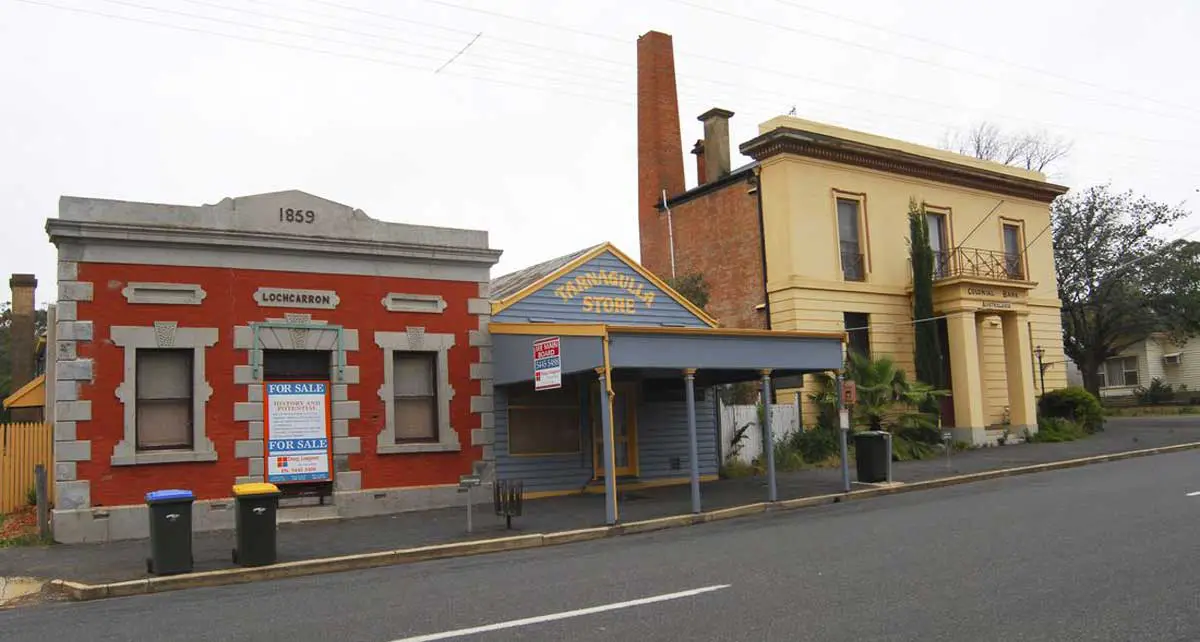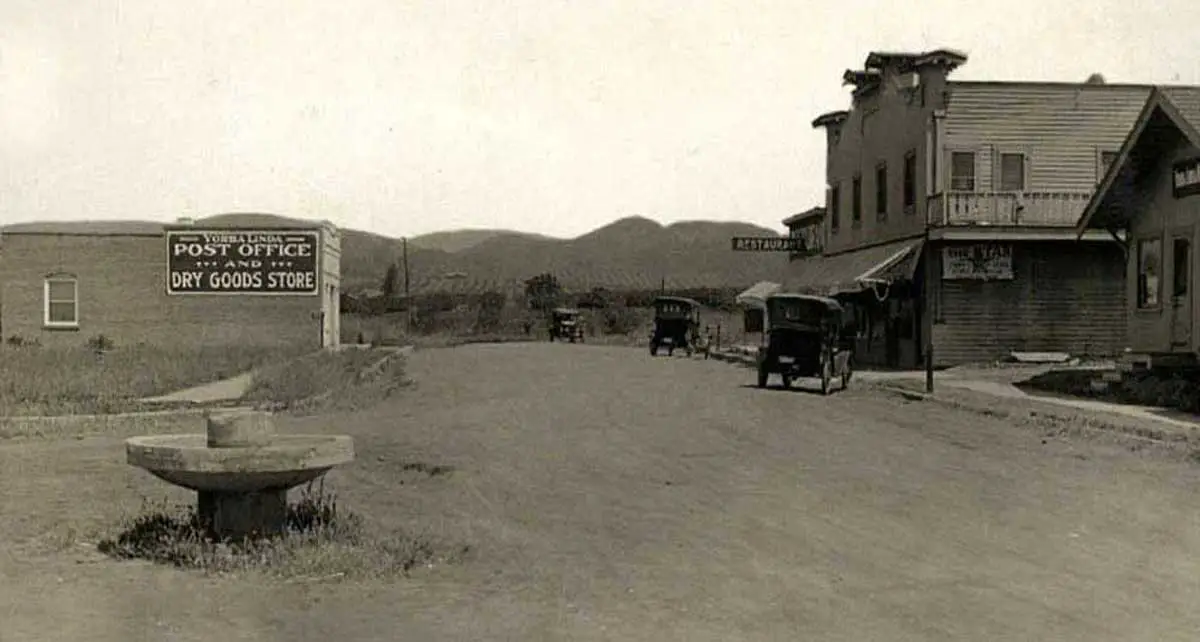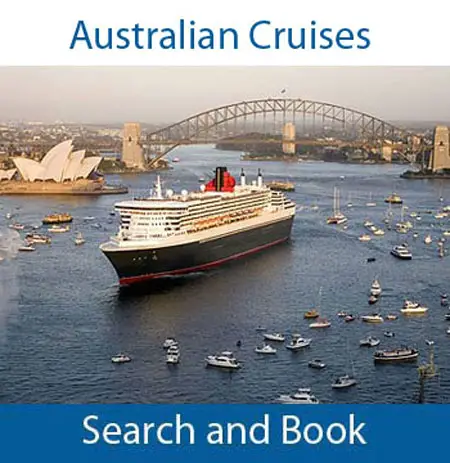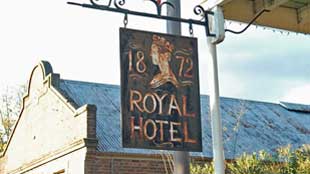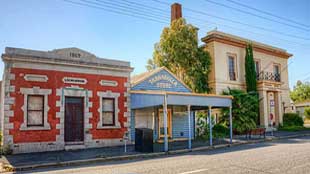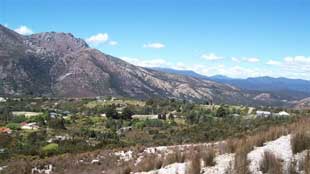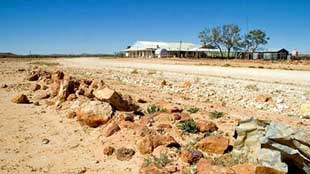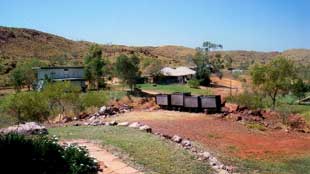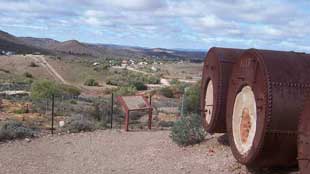






 Contact
Contact

Ghost Towns of Australia
The picture Hollywood paints in the movies of ghost towns as complete settlements, with abandoned buildings left fully furnished and in immaculate condition, is totally unrealistic, especially in places like Australia where extreme weather conditions, bushfires and the encroaching bush has turned many an abandoned settlement into little more than a pile of ruins. On Australian goldfields, most miners lived in tents; when the gold began to peter out, they simply packed up and moved on. All that was left were any substantial shops, hotels and public buildings that had been erected, a few streets in the bush along with mullock heaps and abandoned mine shafts and mining equipment.
Just about every 19th century ghost town in Australia burst into life and faded into oblivion just as quickly as a result of mining, particularly gold mining. Some gold mining towns with a short productive life declined significantly in the decades after the gold rush as other towns in the district continued to grow. The small township of Creswick, just north of Ballarat, for example, had a population of 25,000 during the peak of its gold rush. Like Clunes, further north, it was a huge mining community now reduced to around one tenth of its size.
Heathcote, the centre of the McIvor diggings in Victoria, had sprung up as a mining village of 30,000 diggers in 1852 and was deserted a decade later. With only a few buildings still standing, the ghost towns of Home Rule and Gulgong, near Mudgee in New South Wales, are only shadows of their former brief glory in the roaring days of the 1860s and 70s.
Perhaps the greatest example of calamity to befall a once great mining centre is the town of Coolgardie in Western Australia, where vast quantities of gold were discovered and largely exhausted for the individual prospector in a short time. The remoteness of the region did little to encourage continued growth, despite the arrival of the railway line in 1896. Coolgardie sparked the greatest gold rush in Australian history and grew rapidly from the first discovery of gold in 1863 to become the third largest town in the state after Perth and Fremantle. By the turn of the century water was being piped to the city. However, mining operations were already moving to nearby Kalgoorlie, where the gold deposits were much larger.
The town, which had a peak population of around 15,000, had ceased to be a municipality by 1921. The population fell dramatically and, at one point, had declined to less than 200 people before a brief revival in gold prices during the 1980s. Coolgardie’s main promenade, wide enough to allow long camel trains to turn around, with its elaborate 19th century hotels and office blocks, stands at odds with its present status – reflecting both the great riches and the impermanence of the gold rush era.
Just about every 19th century ghost town in Australia burst into life and faded into oblivion just as quickly as a result of mining, particularly gold mining. Some gold mining towns with a short productive life declined significantly in the decades after the gold rush as other towns in the district continued to grow. The small township of Creswick, just north of Ballarat, for example, had a population of 25,000 during the peak of its gold rush. Like Clunes, further north, it was a huge mining community now reduced to around one tenth of its size.
Heathcote, the centre of the McIvor diggings in Victoria, had sprung up as a mining village of 30,000 diggers in 1852 and was deserted a decade later. With only a few buildings still standing, the ghost towns of Home Rule and Gulgong, near Mudgee in New South Wales, are only shadows of their former brief glory in the roaring days of the 1860s and 70s.
Perhaps the greatest example of calamity to befall a once great mining centre is the town of Coolgardie in Western Australia, where vast quantities of gold were discovered and largely exhausted for the individual prospector in a short time. The remoteness of the region did little to encourage continued growth, despite the arrival of the railway line in 1896. Coolgardie sparked the greatest gold rush in Australian history and grew rapidly from the first discovery of gold in 1863 to become the third largest town in the state after Perth and Fremantle. By the turn of the century water was being piped to the city. However, mining operations were already moving to nearby Kalgoorlie, where the gold deposits were much larger.
The town, which had a peak population of around 15,000, had ceased to be a municipality by 1921. The population fell dramatically and, at one point, had declined to less than 200 people before a brief revival in gold prices during the 1980s. Coolgardie’s main promenade, wide enough to allow long camel trains to turn around, with its elaborate 19th century hotels and office blocks, stands at odds with its present status – reflecting both the great riches and the impermanence of the gold rush era.
